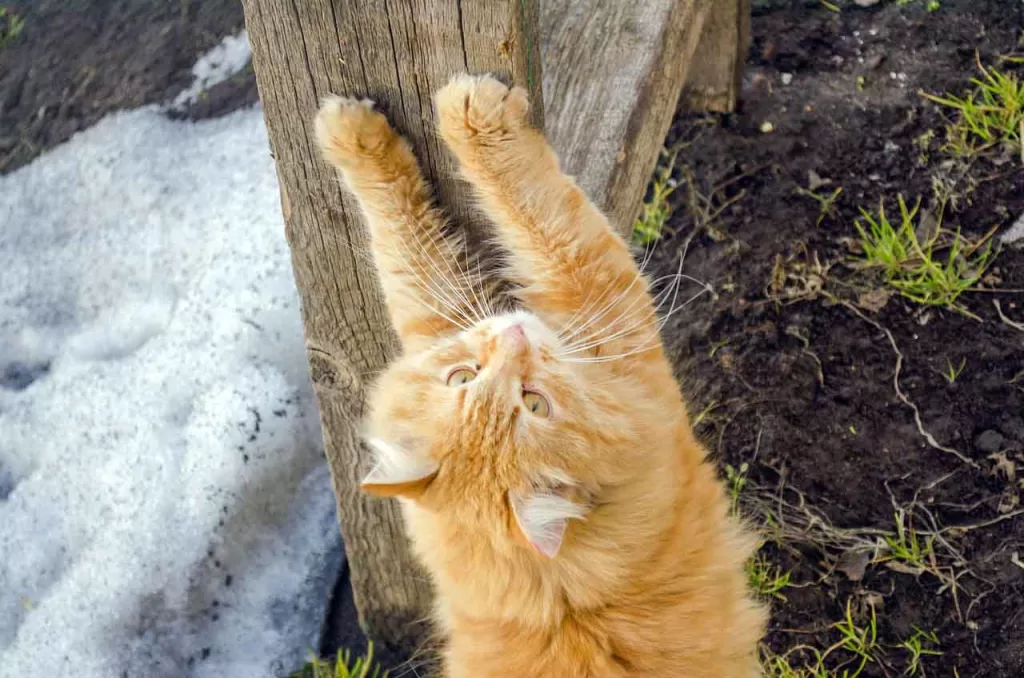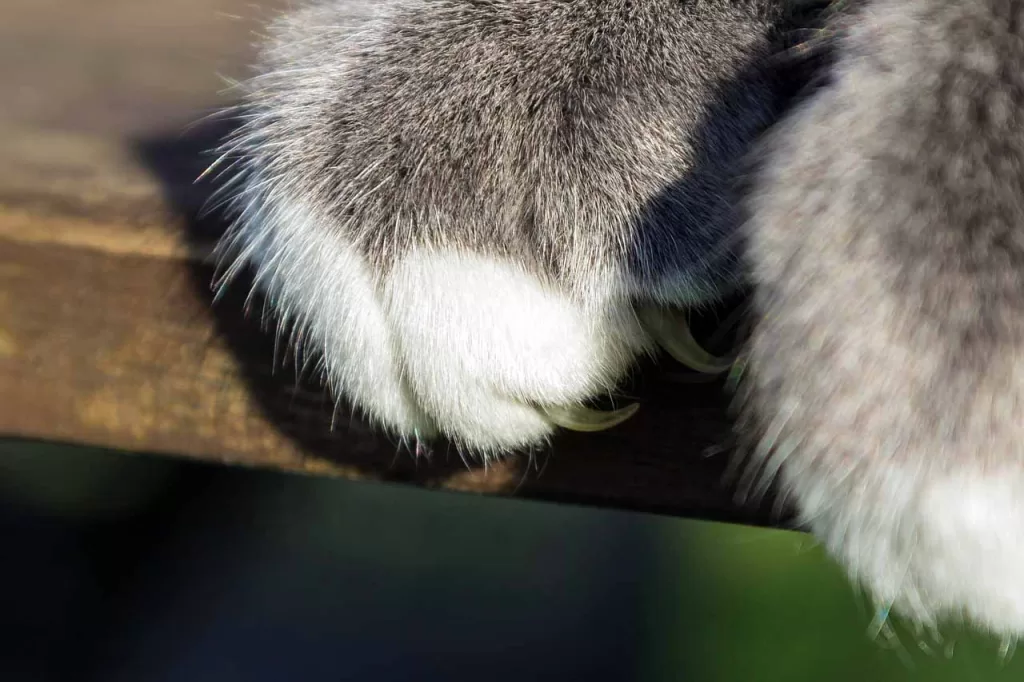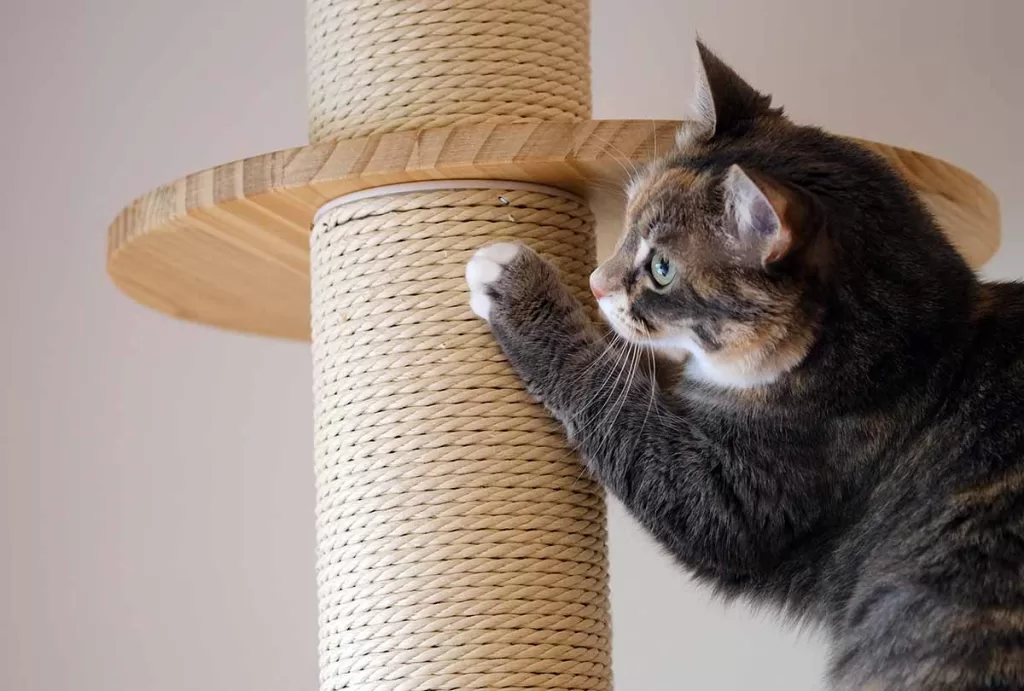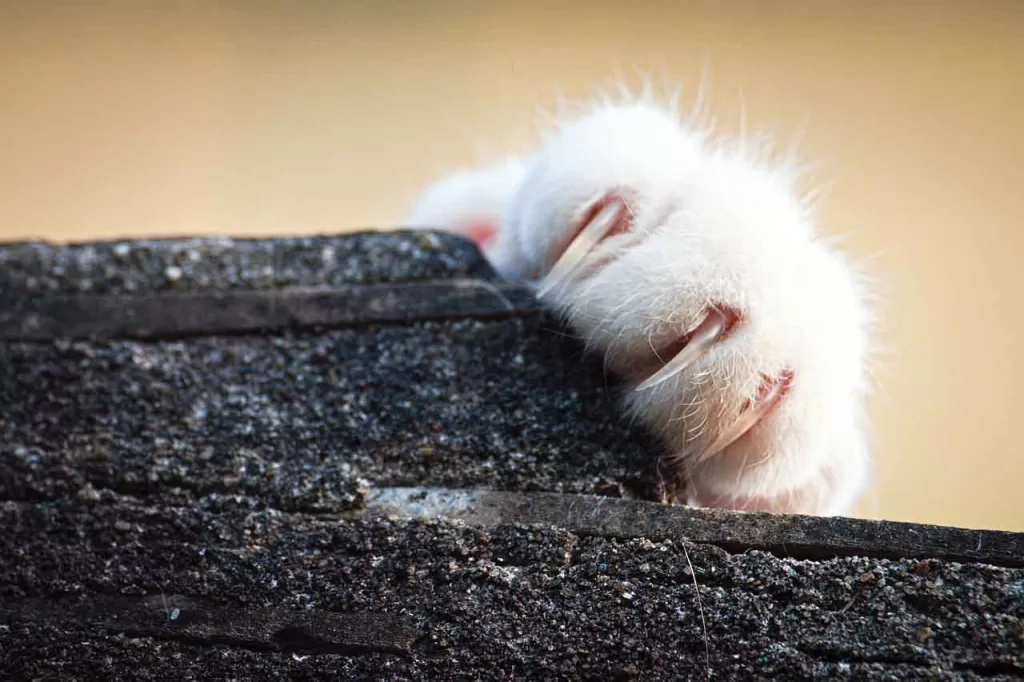Are you at a loss when it comes to what you can do about your cat’s overgrown claws? Is the scratching and potential damage that they’re causing becoming too much for you to bear? You’re not alone!
Cat claws do not grow indefinitely long as they are naturally shed in layers. But their claws can get too long and too sharp for comfort. Keep claws in check with regular trims or apply nail caps. Make sure they have an appropriate place where they can carry out instinctive scratching behaviors.
Many cat owners find themselves feeling frustrated with their feline friends’ sharp claws, but thankfully there are solutions. In this article, we’ll discuss the various ways to keep your cat’s claws trim and healthy so you can both enjoy a stress-free home.
Understand Your Cat’s Natural Instincts
The first step in tackling overgrown claws is understanding why cats scratch in the first place.
When your cat scratches, it’s not because they are being naughty. Cats have a natural instinct to scratch. It is hard-wired into them, and let’s face it – you are not going to get them to stop. But you can make sure their scratching is done appropriately.
Cats Scratch To Express Emotions
Cats scratch to express a variety of emotions, such as playfulness and aggression. Their body language and vocalizations will often clue you in to what they are feeling.
Cats Scratch To Mark Their Territory
Cats scratch to mark their territory and create visual cues that they are around. This is why cats like to scratch furniture and walls – they want everyone (including you) to know they are there!
Scratching also releases their scent from glands in their paws, which helps cats to communicate with other cats.

Cats Scratch As A Form Of Exercise
Cats also scratch to give themselves a workout. When cats scratch, they are also giving their legs, backs, and paws a good, satisfying stretch.
Cats Scratch To Clean And Sharpen Their Claws
Claws are a cat’s best weapon, used for both hunting and defense. So it is a natural instinct to keep them in the best condition possible. For wild cats, strong and sharp claws are essential to their survival.
So even though your house kitty does not need to worry about chasing down prey, they are still driven to keep their claws in tip-top shape.
Cats Scratch To Shed Their Old Claw Sheaths
This last point is critical to understanding your cat’s “overgrown” claws. While cats’ claws grow continuously, the claw itself does not continue to grow indefinitely longer. Instead, it is naturally shed in layers.
As the claws grow, the blood supply to the outermost part of the claw dies back. This results in a layer of hardened claw (claw sheath). Eventually, as the new claw grows underneath, the outer dead layer naturally falls off.
If you have ever seen your cat chewing and pulling on one of its claws, it is trying to pull off an old claw sheath. Cats also scratch vigorously in an attempt to get rid of the old claw.
The point here is that your cat is never going to have truly overgrown claws. Nature naturally prevents this from happening. But that doesn’t mean that your cat’s claws won’t get longer or sharper than you want them to!
How To Keep Your Cat’s Claws Manageable
Now that you understand why cats scratch, let’s look at how you can keep your cat’s claws manageable and stop them from overgrowing and causing damage.

Regularly Trim Your Cat’s Claws
No matter what length they are, sharp cat claws can do damage! If your cat likes to play rough, this can be damaging to you or other animals it is playing with. Or it can be damage to your furniture, carpet, or other items.
Regular trimming is the best way to keep your cat’s claws short and dull. But sometimes this is easier said than done. Some cats will calmly let you trim their nails while others will put up a fight if you try.
It is best to start getting them used to having their feet handled when they are young. You can do this by regularly handling their paws when you are petting them. Then, when it comes time to trim their claws, they will be more relaxed and cooperative.
Even if you have a cooperative cat, the surest way to make them uncooperative is to cut the nails too short. This is very painful! Do this once and the cat is unlikely to let you touch its feet again.
Before you trim your cat’s nails for the first time, make sure that you educate yourself on the correct way to do it. I could try to explain exactly how here, but a picture is worth a thousand words – and a video is worth even more.

If your cat does not lay quietly for nail trims, there are a couple of products that can help you manage, such as a grooming sling or a cat muzzle. If even with these aids you are unable to trim your cat’s nails, a quick visit to the groomer can get the job done.
If possible, aim to trim the nails every two or three weeks. This will keep trimming needs to a quick snip of the tips each time, which can be accomplished quickly and without much fuss.
Apply Nail Caps
Nail caps are a great way to keep your cat’s claws from overgrowing and causing damage. The caps are applied over the nails, creating a blunt protective cover.
These can be found in pet stores or online and come in various colors and styles. Applied correctly, they can last up to six weeks before needing to be replaced.
Applying the nail caps does not take much longer than a nail trim. This is a great option for cats who are not cooperative during nail trims and for owners who don’t want to bother with regular trimming.
Cats are still able to retract their claws normally while wearing nail caps. It may look like their claws are always extended simply because the nail cap is larger and more visible than a naked claw.
Can I Get My Cat Declawed?
No. While in the past it was fairly common for cats to be declawed, we now know how much this can negatively affect them.
Declawing a cat involves surgically removing the last bone of each toe. This is not just like trimming a nail – it’s more like amputating the tips of your fingers or toes! Not only is it painful, but it can cause long-term health and behavioral issues.
These days, declawing is not just viewed as morally and ethically wrong, it is actually illegal in many jurisdictions. Veterinarians are no longer allowed to perform this surgery, by law and by their licensing bodies.

Provide Your Cat With Appropriate Scratching Surfaces.
The best way to keep your cat’s claws from damaging your furniture and carpet is to provide them with appropriate scratching surfaces.
Provide a variety of different textures for your cat to scratch, such as sisal rope, cardboard scratchers, and wood scratching furniture. Not only will this keep their nails from overgrowing, but it also provides an opportunity for your cat to do a natural behavior – scratching!
Cats are naturally drawn to certain textures over others, so it helps to invest in a few different types of scratching surfaces to figure out what works best for your cat. Having more than one spot where they can scratch also helps (I personally have one in every room of the house, sometimes more!).
Offer treats when they use the scratching posts and over time, this will reinforce the behavior. Applying catnip to their scratch pads and posts also encourages them to use these items.
If your cat insists on scratching things it shouldn’t, I have found that a quick squirt from a water bottle is an excellent deterrent. Cats hate it, and it does not harm them. I’ve never had to use it more than a couple of times to correct the unwanted behavior.
A Final Word
Cats have to scratch, there is no getting around it. But overgrown cat claws can be a hazard to both your cat and your furniture. By providing appropriate scratching surfaces, trimming their nails regularly, and applying nail caps, you can keep overgrown cat claws at bay.
Doing so will help keep your kitty healthy and happy – and avoid scratched couches! With patience and consistency, overgrown cat claws can become a thing of the past.
Good luck! 😉


